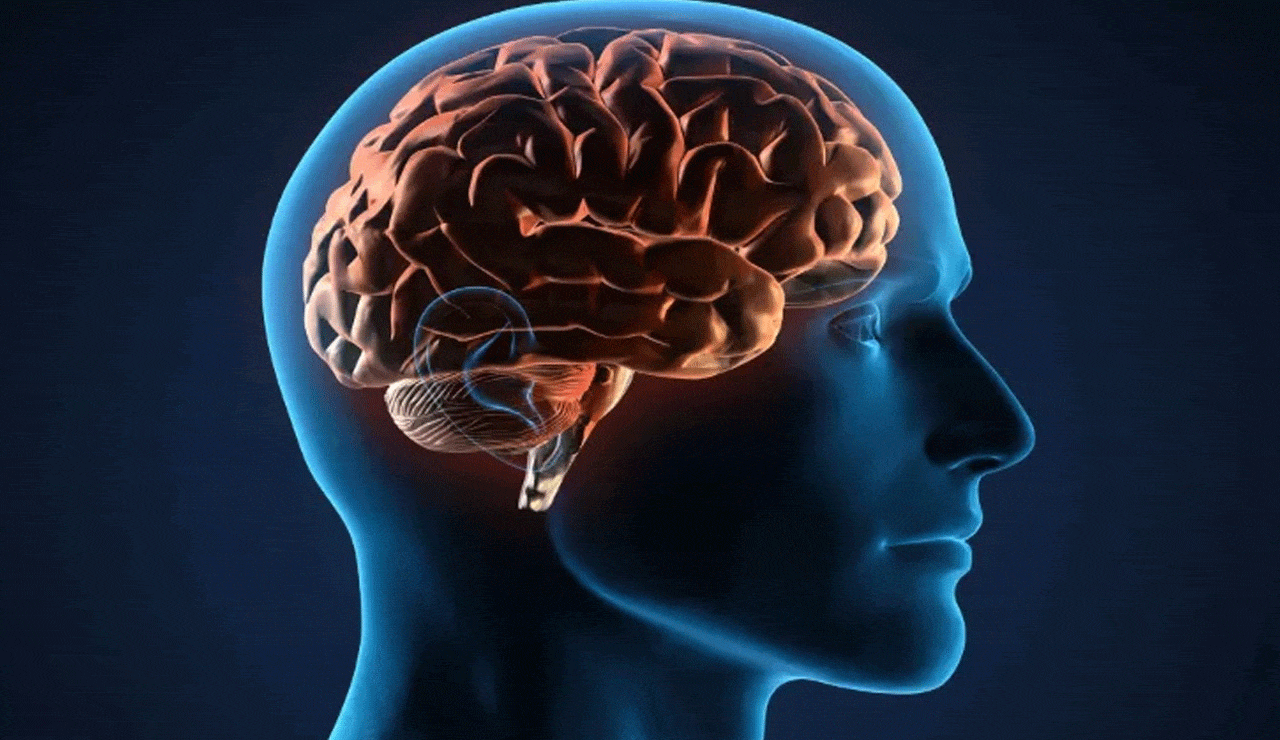Scientists decode how the brain forms new memories
A groundbreaking neuroscience study from the University of California, San Diego has unveiled fresh insights into how the brain learns and processes information, challenging long-held assumptions about the uniformity of synaptic plasticity.

San Diego:A groundbreaking neuroscience study from the University of California, San Diego has unveiled fresh insights into how the brain learns and processes information, challenging long-held assumptions about the uniformity of synaptic plasticity.
Table of Contents
Synaptic Plasticity: The Brain’s Learning Engine
Learning a new song, task, or direction involves complex adaptations in brain circuitry. These changes happen at synapses, the connections between neurons, through a process called synaptic plasticity.
Traditionally, scientists believed the brain followed a uniform set of rules to strengthen or weaken these synaptic connections. However, the new research reveals that neurons do not operate under one set of plasticity rules, but instead follow multiple, region-specific rules.
Advanced Imaging Techniques Illuminate Learning in Real-Time
The research team, led by William “Jake” Wright, Nathan Hedrick, and Takaki Komiyama, employed two-photon imaging to observe individual synapses in mice during learning tasks.
Published on April 17 in the journal Science, the study used cutting-edge brain visualisation to track how neurons adapt in real time, providing an unprecedented look at the learning process.
Solving the Brain’s “Credit Assignment Problem”
One key question neuroscientists face is how individual synapses—each with access only to localized information—collectively contribute to broader learned behaviors. This dilemma, known as the “credit assignment problem,” has puzzled researchers for years.
The study likens the process to a colony of ants, where each ant works individually yet the colony achieves a coordinated outcome. Similarly, synapses apply localized plasticity rules that collectively influence learning.
Implications for Brain Disorders and Artificial Intelligence
The discovery has major implications for both neurological health and artificial intelligence (AI).
“Our research provides a clearer understanding of how synapses are being modified during learning, with potentially important health implications since many diseases in the brain involve some form of synaptic dysfunction,” said Wright.
The findings could offer new treatment strategies for conditions like addiction, PTSD, Alzheimer’s disease, and neurodevelopmental disorders such as autism.
On the AI front, the concept of multiple plasticity rules may help shape the next generation of brain-like neural networks, providing new models for machine learning and adaptive systems.
Backed by NIH and National Research Grants
The multi-year study was primarily supported by National Institutes of Health (NIH) research grants, demonstrating the importance of government-backed scientific research in advancing human health and technology.

